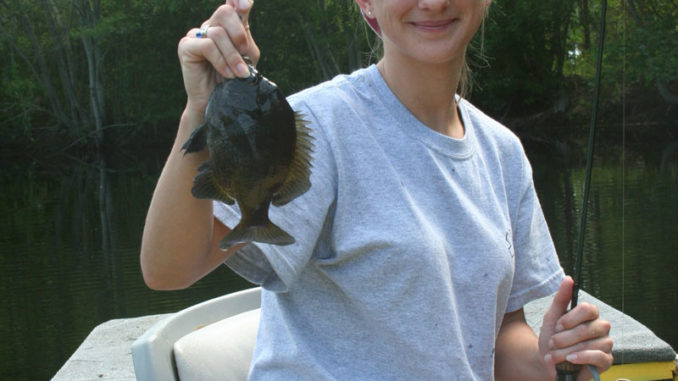
Float or paddle the Little Pee Dee and Lumber rivers for great summer panfish fun.
When the temperature begins to creep into triple digits, many fishermen seek shelter along the veins that run through South Carolina’s Pee Dee region. These black-water streams flow gently along, providing the lifeblood for fauna and folks alike. Swollen tupelo and cypress line the shoreline of this pristine tannic water that many gamefish call home.
July temperatures bring a lot of anglers to these waters in search of the bountiful panfish that lurk there. Since the dawn of modern settlement, the Lumber and Little Pee Dee rivers have provided food and sport for anglers, and few species are better for fun and table than the bluegill, redbreast, shellcracker and crappie of these black waters.
Something about the tannic acid in the water produces a bright, colorful and tasty fish. The Little Pee Dee and Lumber have a history of strong and healthy populations of panfish, and as with all river fish, the health of the fishery is directly tied to the health of the river, water levels, rainfall and other factors.For most of the spring and summer, the fishing is outstanding in these rivers.
Anglers looking to fill a creel of these hearty panfish have a few options. David Ellis of Mullins has spent his life along the meandering banks of the Little Pee Dee catching these feisty fish.
“If I am targeting bluegill, I want water that is slow: eddies, backwater and maybe even an oxbow, or a dead-river area (a place where the river has changed course but not a complete oxbow lake). Redbreast prefer a little current; I would fish right on the line where the current and eddies meet, while the shellcracker is more often caught in the current.”
Some local anglers will target specific species; most are looking just to catch fish.
Methods are as varied as the fish. Floating along the river, you’ll see anglers silently floating in cypress strip boats or one- man “sneak” boats, plying the traditional long cane pole with a short line to reach into pockets and pull out fish. Others use the modern version, a Bream Buster — basically just a fiberglass or graphite version of the cane pole — with popping bugs and/or crickets the norm. Still others prefer spincast reels on flimsy, 5-foot rods or even ultralight combinations of a spinning reel, light line and a 4 1/2-foot spinning rod. These smaller rod and reel combinations are ideal for the panfish of the Little Pee Dee.
Some anglers prefer to fish artificial lures. Using small, in-line or safety pin spinners allows anglers to cover more water. A size 0 Mepps, dressed or not, with a gold blade, is an ideal lure, as are 1/32- and 1/16-ounce Beetle Spin with gold blades and black bodies. When caterpillars are hatching in an area and migrating across rivers, go with a green body.
“I like to use live bait because you can’t hardly fish it wrong.” said Ellis, who clips on a small, non-intrusive bobber above worms or crickets. Some anglers use a very tiny split shot, others just allow it to fall naturally. Both methods work well. It’s critical to pay attention, and when the bobber begins to submerge, set the hook and get the fish out of the brambles along the banks.
Like most rivers, the black-water rivers are lined with fallen trees, cypress knees and debris that has accumulated over the years. A feisty fish will get you caught up in the limbs and break off if you don’t get it out of there fast. Bluegill and shellcracker especially prefer the treetops for cover and like to dive deep into them when hooked, so you need to be ready to get them out as soon as possible.
A fishing trip on the river puts fishermen in close proximity to Spanish moss, the sounds of frogs and birds echoing through the swamps that line its course. There really is no such thing as a bad day fishing along the Little Pee Dee River.
Several public access points along the river that allow anglers to launch boats. Beginning near the town of Nichols and continuing to Galivants Ferry, the river is easily accessible for anglers in sneak boats, kayaks, canoes or small, aluminum john boats.
DESTINATION INFORMATION
HOW TO GET THERE — The Lumber and Little Pee Dee rivers are most-easily accessed from Marion, Mullins or Nichols. US 76, SC 917 and SC 41. From Nichols downstream to Gallivants’ Ferry and below, a handful of public access areas offer anglers trips of various lengths.
WHEN TO GO — Panfishing is great on the Lumber and Little Pee Dee rivers throughout late spring and summer.
BEST TECHNIQUES — Work the edges of the river with light or ultralight spinning tackle and artificial lures or live worms and crickets. Cane poles and fiberglass Bream Busters are also very effective to drop baits and lures into tight spots.
FISHING INFO/GUIDES — Pure Bubba, Nichols, S.C., 843-595-1030. See also Guides and Charters in Classifieds.
ACCOMMODATIONS — Marion County Chamber of Commerce, 843-423-3561, www.marionscchamber.com; Little Pee Dee State Park (camping), 843-774-8872, www.southcarolinaparks.com/lpd/introduction.aspx.
MAPS — Delorme’s South Carolina Atlas & Gazetteer, www.delorme.com.

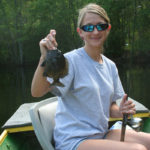
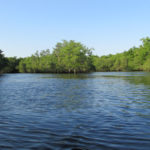
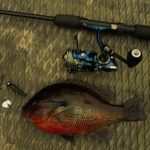

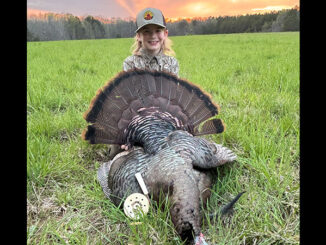
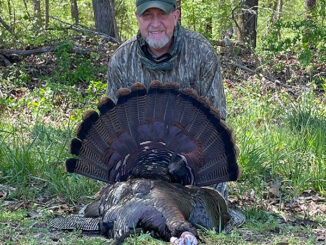

Be the first to comment